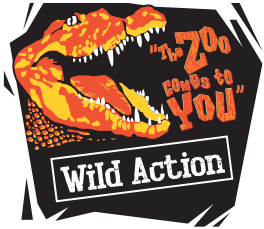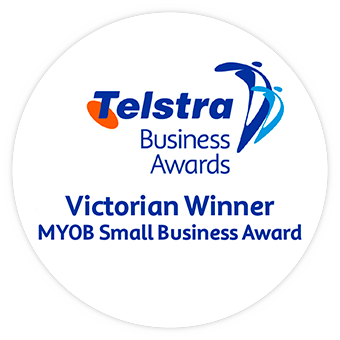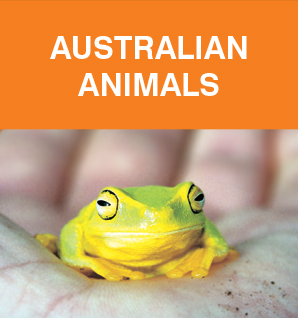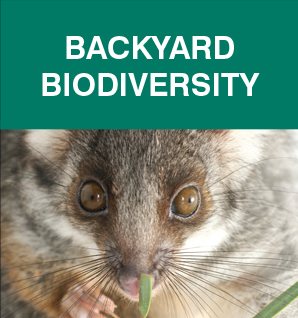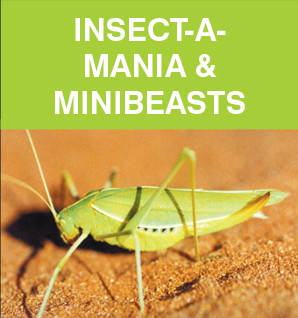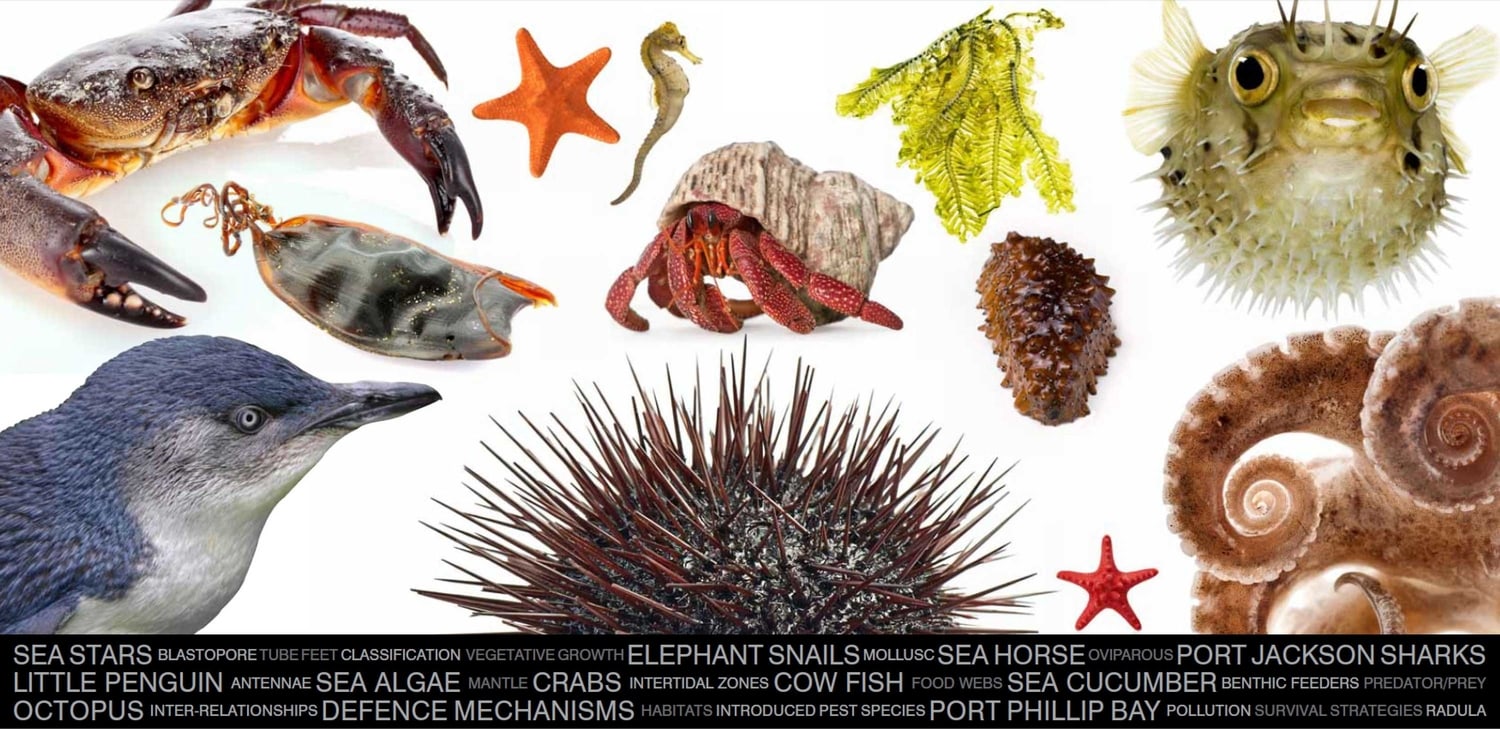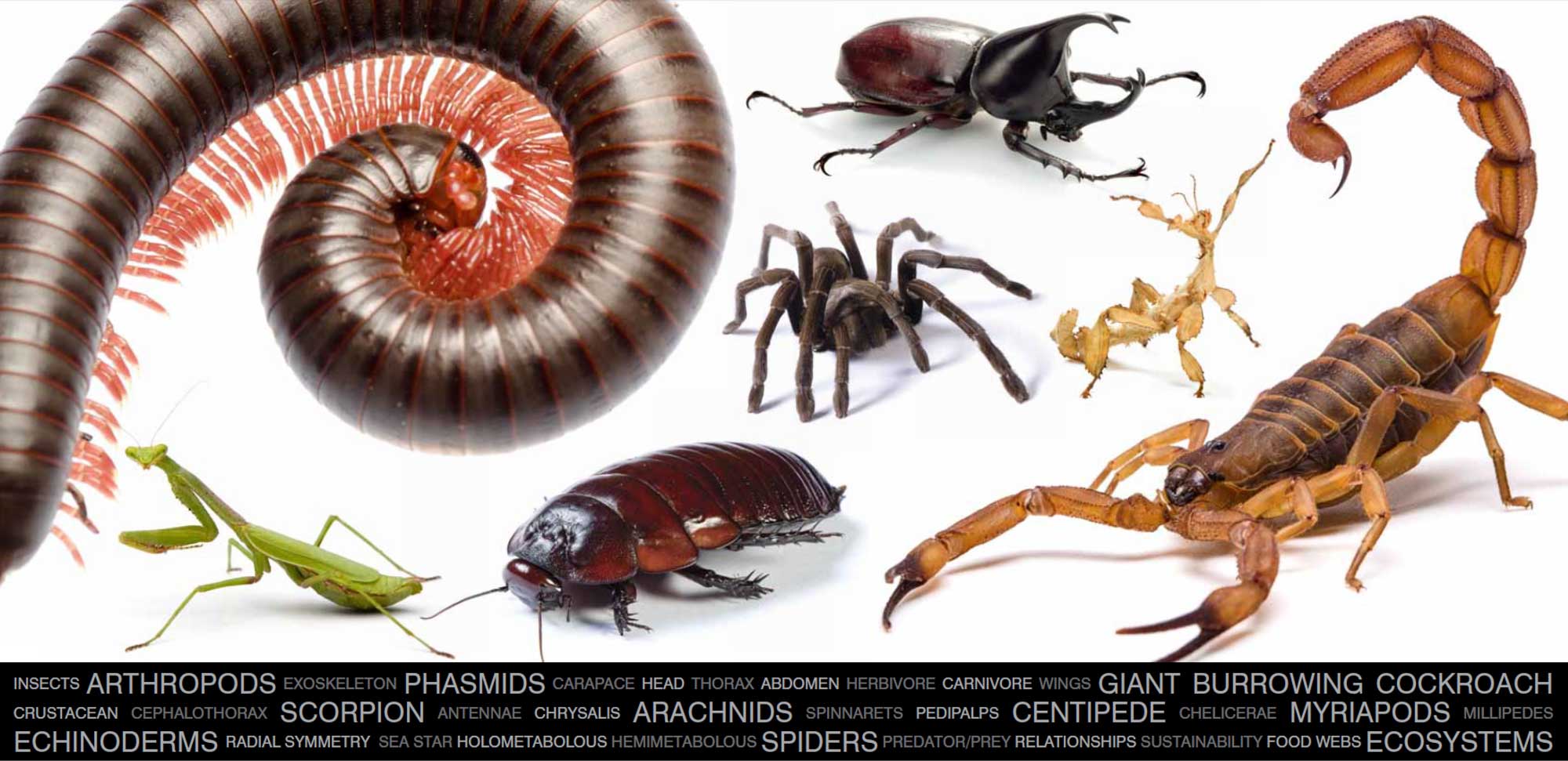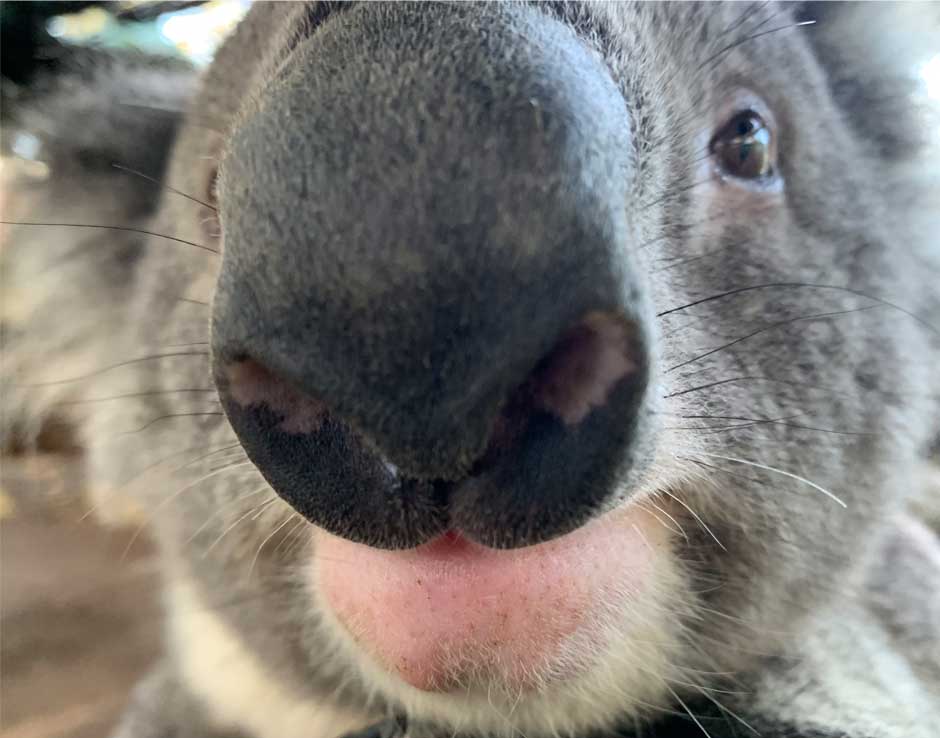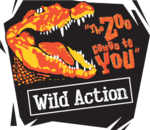What is our Backyard Biodiversity program all about?
In this one-hour interactive workshop Students of all ages will be introduced to the animal’s which call Melbourne and your local area…home!
The environs of Melbourne are complex and diverse. Be amazed by the indigenous wildlife that inhabit the various ecosystems on Melbourne’s doorstep. #Wild Action can change focus and species list depending on your location.
We’ll also discuss the important role that each and every species plays in our fragile ecosystems, and the impact mankind has had on them.
How many students may participate?
An absolute maximum of thirty children may participate in this program. We pride ourselves on a quality, engaging experience. Animal welfare is paramount to us. Multiple sessions for more than 30 children can be arranged on the same day if required.
What is our curriculum focus?
- Learn about Melbourne’s incredible biodiversity.
- Discuss positive measures which students can implement to help protect local biodiversity i.e. creating habitat, responsible pet ownership, pollution, recycling, nest boxes, invasive species.
- Learn about different habitats, terrestrial, aquatic, arboreal, Subterranean.
- What does each animal eat. Predator/prey interrelationships
- Food webs
- Quirky fun facts!
What live animals should you expect to visit your classroom?
#dependant on site locality.
Kangaroo joey, ringtail possum, worms, millipedes, tree goanna, tawny frogmouth, owl species, echidna, fresh water turtle, Eastern blue tongued lizard, grey headed flying fox, snake species, marine species of Port Phillip Bay + more!
